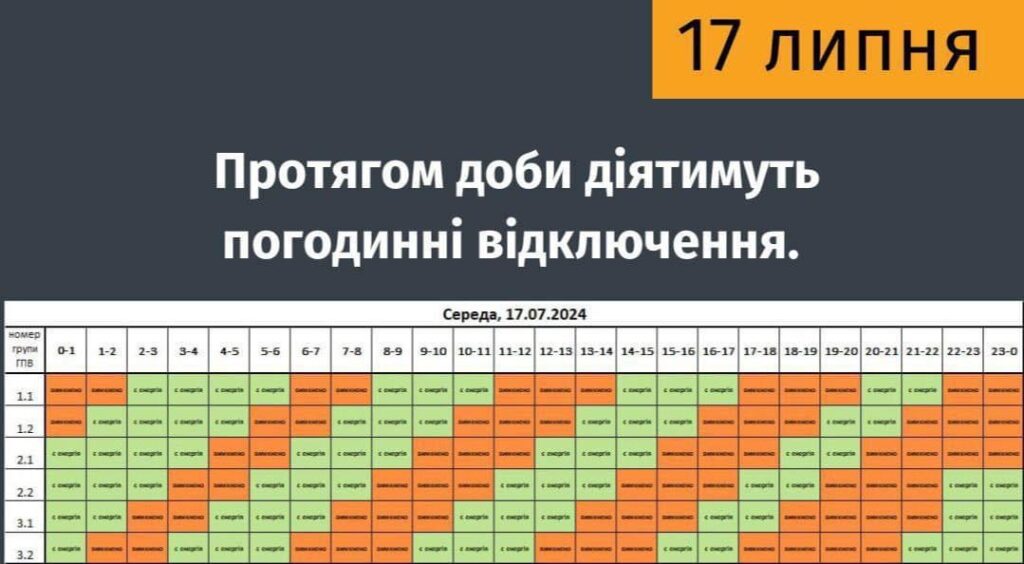In our first article, Pentagram Advisory explored Russia’s systematic destruction of Ukraine’s critical infrastructure. In this follow-up, we delve into how Ukrainians manage to persevere and maintain some element of essential services and support one another in the face of destroyed and irregular critical infrastructure services.
This is a snapshot of disrupted daily life where night is a blacked-out city, its people hostage to curfew, and given voice only by the hum of hundreds of small electricity generators punctuated at times by the howl of air raid sirens.
Despite the relentless challenges and the daily struggle to cope with diminished infrastructure services, Ukrainians continue to live their lives with remarkable resilience and optimism. Cafes still serve delicious food, families gather for meals, and children play in the streets whenever they can. This unwavering spirit, coupled with a sense of humour and an indomitable will, allows the Ukrainian people to remain cheerful and optimistic, inspiring the world with their courage and tenacity.
Impact on the Daily Life of Ukrainians
The entire population of Ukraine has felt the profound impact of critical infrastructure destruction, particularly in the form of electricity shortages, which have disrupted every aspect of daily life.
Ukraine is experiencing severe electricity deficits 24 hours a day, with the shortfall primarily covered by importing electricity from the European Union. As of July 2024, these imports are almost continuous, constituting the second most reliable source of baseload electricity after nuclear power plants.
Daily outage schedules are issued, often with little consistency or guarantee, leaving citizens uncertain of when power will be restored. Electricity is available for as little as four hours per day across some parts of Ukraine.
Summer 2024 brought an unusual heatwave, with temperatures reaching 40 degrees Celsius. Fans and air conditioners were unavailable for the majority of the day and night due to the electricity deficit.
When the electricity is out at night, the streets are fully dark. With the regular air raid sirens, many people no longer bother heading to bomb shelters, if available, as the risks and uncertainties of venturing out are often greater.
How Ukrainians Manage Without Electricity in Their Daily Lives
Life in Ukraine is now structured around the electricity outage schedule. When electricity is available, people rush to charge electronic devices, power banks, and battery-operated lamps, and to complete essential tasks like laundry. During blackouts, modems are connected to power banks to maintain access to Wi-Fi.

Grocery shopping is limited to 1-2 days’ supply, as the heatwave and lack of refrigeration make it difficult to preserve perishable goods. People avoid using lifts, when possible, as getting stuck for hours due to power outages has become a common occurrence.
For those with access to kitchen gas appliances, cooking remains possible. However, in some modern apartment blocks, water supply is dependent on electricity, leading to water shortages during outages. Some private homes use rooftop solar panels, with inverters storing excess electricity for use during scheduled and unplanned outages.
How Small and Medium Businesses Manage to Operate Without Electricity
Small to medium businesses have devised multiple solutions to operate under these challenging circumstances.
Cafes, retail shops, and service providers rely on portable generators to keep their doors open, despite the constant threat of spoiled goods and disrupted services. Storing fresh or frozen produce is a daily challenge, with the risk of spoilage adding another layer of difficulty to business operations.
Where possible, businesses have moved online, using Starlink to maintain internet connectivity. Walking along the streets during the day, the hum of generators indicates that the mains electricity is off, a now familiar sound in Ukraine.
Winter is Coming
The summer heatwave, as challenging as it was, will soon be forgotten as Ukraine braces for the harsher trials of the coming winter. With temperatures dropping to -15° to -20° Celsius, short daylight periods, and insufficient energy supplies, many parts of Ukraine may be deprived of not only electricity but also heat and running water for significant portions of the day.
According to Ukrainian government projections, everything hinges on the temperature regime, the dynamics of lost power, the pace of repairs, and the commissioning of what can be put back into operation once the heating season begins.
The Russian forces are also destroying cogeneration plants, which are crucial for heat supply, especially in larger cities. As a result, people will be forced to rely on electric heating sources, further burdening the already weakened power system.

Unbreakable Points
In response, the Ukrainian government has established ‘Unbreakable Points’, where people can find air-conditioned or heated spaces with electricity, charge their power banks or phones, get a cup of coffee, and connect to Wi-Fi. These centres are poised to play a crucial, potentially lifesaving role during the harsh winter months.
Key Solutions for Ukraine’s Energy Crisis
Decentralised Energy and Stockpiling
One of the key strategies for stabilising Ukraine’s energy supply is decentralising energy production. Modelling shows that the most effective way to restore balancing capacities in Ukraine is by installing small, dispersed gas units close to high-demand areas where gas networks are present. This decentralisation reduces the vulnerability of the energy system to targeted attacks and allows for quicker recovery in case of localised damage.
In addition to decentralisation, stockpiling coal and injecting gas into storage facilities are crucial measures to ensure a buffer against further disruptions. These resources can provide the necessary backup to sustain energy production during critical periods.
Solar and Wind Farms
Before the large-scale military operations, Ukraine had a renewable energy capacity of approximately 1.211 GW from solar and wind farms. However, many of these assets, particularly wind farms, are located in occupied territories, making them inaccessible or inoperative.
The operation of solar farms has also been compromised, as these systems typically rely on a grid tie inverter, which requires a functioning grid to maintain frequency. When the electricity grid is down, these solar farms cannot operate, and the same issue affects rooftop solar panels with grid tie inverters. To overcome this, it is necessary to install small, highly controllable batteries or hybrid inverters capable of operating independently of the grid.
Electricity Market and Tariff Adjustments
Since adopting the European Market Model on 1 July 2019, Ukraine’s electricity market has been increasingly integrated with European systems. To ensure that electricity imports remain commercially viable, the Regulator has raised the price corridor, aligning tariffs with current economic conditions and market demands.
Despite these adjustments, with a 30% deficit in the energy system, the market alone cannot resolve the crisis. The recent significant increase in energy tariffs, implemented on 1 June 2024, is expected to generate an additional UAH 50 billion by the end of the year, providing essential financial resources for the ongoing renewal process.
Repair and Stabilisation Efforts
Stabilising Ukraine’s energy sector requires urgent action on several fronts. Negotiations with the European Union to increase energy imports are crucial, as is the rapid repair of damaged infrastructure. However, the damage caused by the latest phase of Russian attacks is more severe than before, involving critical components of power plants such as generators, turbines, and control systems. These units are difficult to repair due to the lack of custom-made parts and installation equipment.
Repair efforts are further complicated by the high risk of continued attacks during the repair process, discouraging foreign subcontractors from participating. Meanwhile, Ukrainian companies face manpower shortages due to successive waves of mobilisation and emigration.
Decentralisation of energy production, alongside the provision of modular thermal power plants, is essential for building resilience into Ukraine’s energy infrastructure. Protecting these assets with effective air defence systems is equally critical, as no repair or installation effort will succeed if the threat of destruction remains unchecked.
Conclusion
Ukraine’s resilience in the face of relentless attacks on its critical infrastructure is a testament to the strength and determination of its people. As Australia watches, and has an opportunity to learn, from Ukraine’s experiences it’s crucial to consider how we might prepare for similar challenges. By understanding the profound impact of infrastructure destruction and implementing solutions like decentralised energy, renewable resources, and market reforms, Australia can take proactive steps to protect and fortify its own critical systems, ensuring Australia is better prepared to withstand foreseeable threats.
Pentagram Advisory thanks Ukrainian Government officials for their invaluable support and looks forward to further cooperation.
